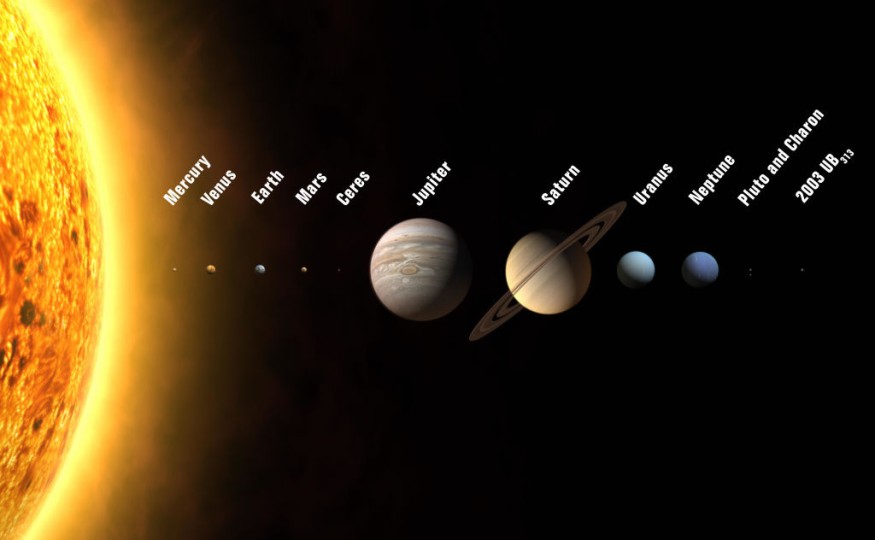
Planets in the solar system are forecast to align in a neat line in the middle of April this year, and it is something you don't see every day.
Viewed from the Northern Hemisphere, the planets Saturn, Mars, Venus, and Jupiter will be all lined-up in an "almost-perfect", rare planetary alignment in the pre-dawn sky, ScienceAlert reported. To get the best stargazing experience, here's how you could get a chance to see the event with your own eyes:
The Planetary Alignment at its Most Viewable
The alignment will start to form around 17 April, but will be most viewable in the morning of 20 April if you are in the US, before the sun rises towards the east. All four planets will be within range of naked-eye visibility, aligned in a celestial row above the horizon, provided that the viewing conditions are good, according to Starwalk.space. However, Jupiter would particularly be hard to make out due to the planet sitting lower than the others, which will be very distant from each other.
Jupiter can be found in the constellation Pisces, both Mars and Venus in Aquarius, and Saturn in Capricornus.
The planets Saturn, Mars, and Venus - also known as the planetary trio - have actually been clustering together since late March within a circle 5.3° across in the constellation Capricornus. If you missed this event, you will likely not see it again until September 2040, when the three planets will come even closer, within a 3.9° circle.
As the planetary trio has ended, Jupiter will drop into the sun's glare and join the party and shall appear in the evening twilight sky throughout June, along with Mercury, Earthsky reported.
Moon Joins the Party
A few days later (around 23 April), the moon will line up along with the four planets, making a "more spectacular" alignment. Alignment of these heavenly bodies only appear in the Earth's sky, and would be completely different when viewed from space. In fact, this event is just a matter of perspective, perceived in a position which favors the "trick" in the "effectively flat" solar system, with regards of where and when you are.
Nonetheless, planetary alignments don't happen very often. They are something worth looking out for, especially alignments involving as many planets as this.
This month's planetary alignment, which is already rare itself "is really just an appetizer for an even more incredible event set to take place in June this year," according to ScienceAlert. The planetary parade at the end of June is the final and most spectacular planet parade of the year.
On 24 June, to be exact, all of the other planets of the Solar System - Mercury, Venus, Mars, Jupiter, Saturn, Neptune, and Uranus - will join together in an even grander planetary alignment. Some planets such as Neptune and Uranus might need a little bit of help from binoculars or telescopes for gazing, as the alignment will also stretch out over a greater section of the sky, making it harder to picture.
A major planetary like this one happens very rarely, as less as thrice since 2015.
© 2025 NatureWorldNews.com All rights reserved. Do not reproduce without permission.





